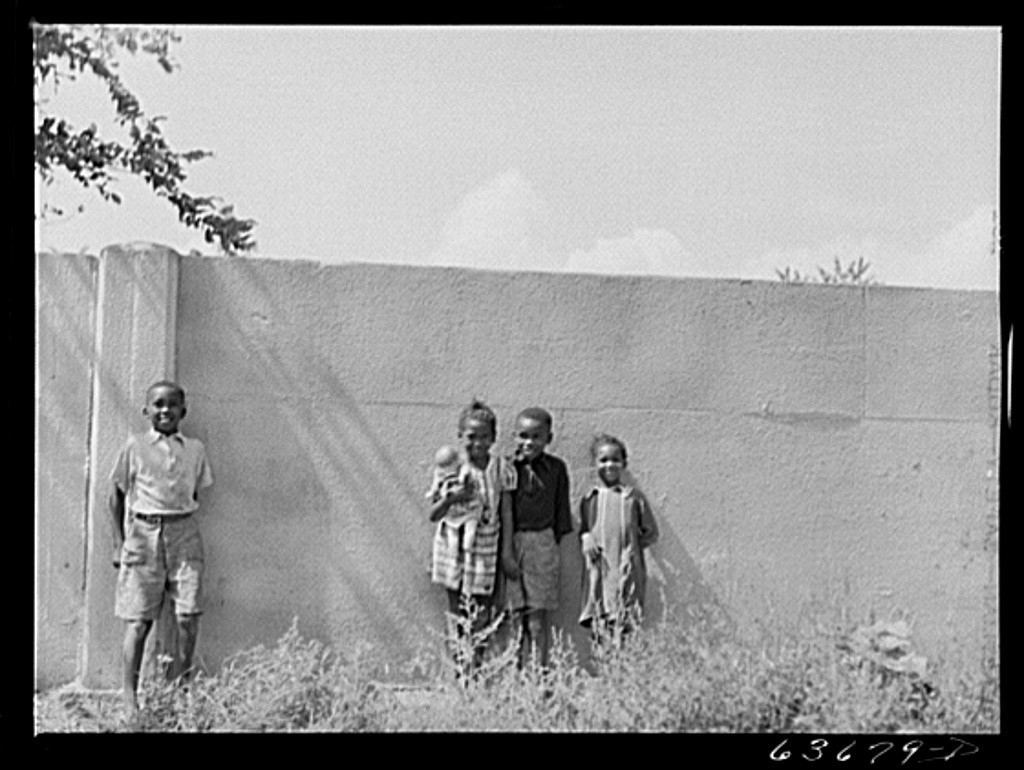
Source: Paul Sancya
By Frank Joyce
Not In Our Town Board Member
Is there a symbol of racism in your town? Probably. If not, maybe there should be.
It’s encouraging that a long overdue shift in displaying the Confederate flag is now underway; however, especially for those outside the South, it’s too easy to sit on the sidelines, smugly say it’s about time and then resume our normal lives.
The fact is, anywhere you are in the United States there are expressions of slavery, segregation and racism very close by.
In my town of Detroit one of them is the Birwood Wall. Six feet high and a half-mile long, it was built by a real estate developer on Detroit’s west side in the late 1940s. Its explicit purpose was to separate white and black neighborhoods. It is still there. In recent years an ad hoc group of artists have turned it into a mural that sends a message of hope, but maybe it should become an officially recognized marker as well. Throughout Europe there are many monuments, plaques and other acknowledgements of the Holocaust that help ensure that people do not forget.
Detroit journalist Bill McGraw recently posted a column reminding us of another symbol of racism in the area of Detroit - the ten-foot tall statue of Orville Hubbard that stands in front of the Dearborn City Hall. Hubbard, who served as mayor for 36 years (1942-1978), was long known as a hero to segregationists everywhere. As McGraw reports, in 1969 Hubbard told the New York Times:
Goddammit. I don’t hate niggers. Christ, I don’t even dislike them. But if whites don’t want to live with niggers, they sure as hell don’t have to. Dammit, this is a free country. This is America. ...I favor segregation. Because, if you favor integration, you first have kids going to school together, then the next thing you know, they’re grab-assing around, then they’re getting married and having half-breed kids. Then you wind up with a mongrel race. And from what I know of history, that’s the end of civilization.
Yet another Detroit case-in-point: In Downtown Detroit there is a statue commemorating those who participated in the Underground Railroad that helped slaves escape to Canada. Fine. Nothing, however, identifies any location where slaves were bought, sold, or kept in Detroit itself. Shouldn’t there be?
After all, for quite a long time slavery was common in Detroit, as it was in virtually every Northern city that dates back to that era. Not only that, the name Macomb adorns a county, a street and a college. Yet family patriarch William Macomb owned more slaves than anyone else in Michigan's history. He kept slaves on land he donated to the city that is now Detroit’s largest park.
Personally, I have been involved for some time in an ongoing struggle to prevent the closing of streets that allow easy passage between the historically white suburb of Grosse Pointe Park and the predominantly African-American Detroit.
Are there symbols of racism in your town? Of course there are. Not that long ago, all across the U.S., were what were called Sundown Towns where local laws made it illegal for “negroes” to be in the city after sundown. Ferguson, Missouri was one of thousands of towns like this.*
Sadly, it is a certainty that there is some sort of symbol of racism and segregation near you. Maybe it’s old. Maybe it’s as fresh as last week. Either way, identifying it, marking it and talking about it could be a constructive act of learning and healing for you and your community.
*"The Making of Ferguson", by Richard Rothstein exposes the role of government policy in creating the residential segregation that prevails outside of the South to this day. Jim Loewen’s excellent book Sundown Towns: A Hidden Dimension of American Racism provides an excellent account of this widespread practice.